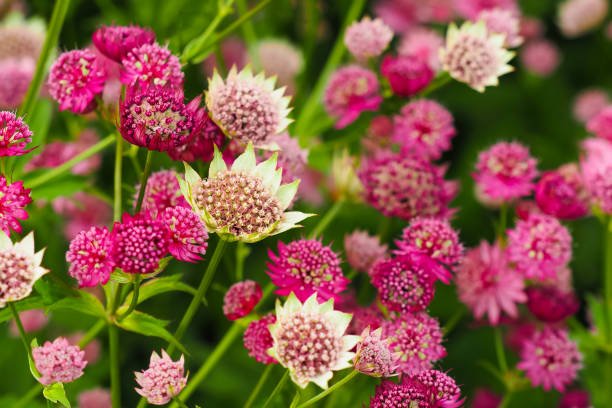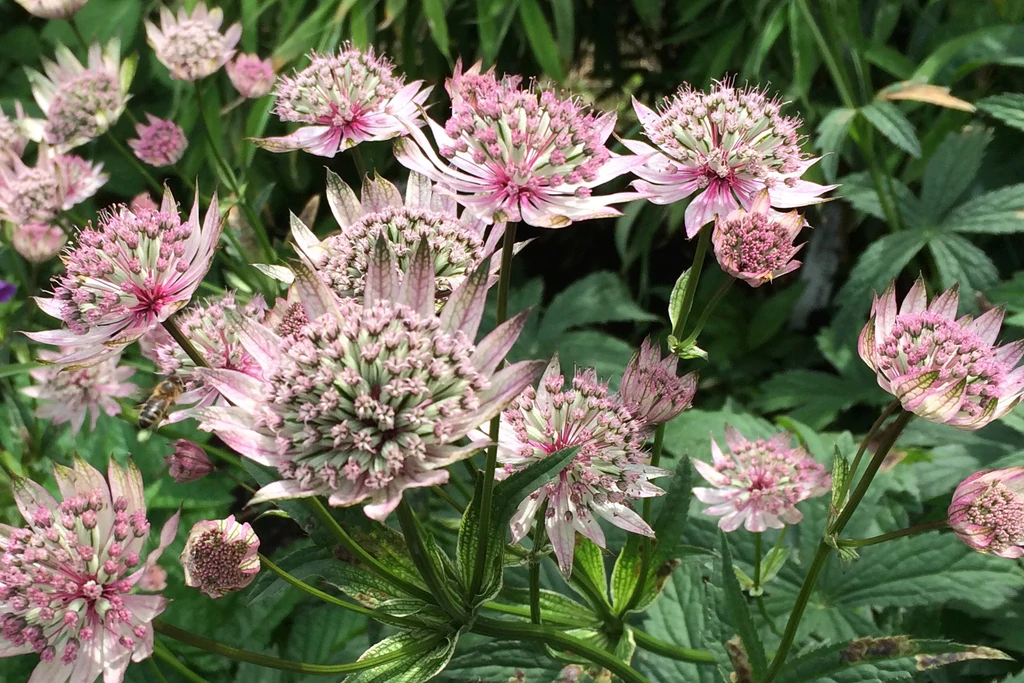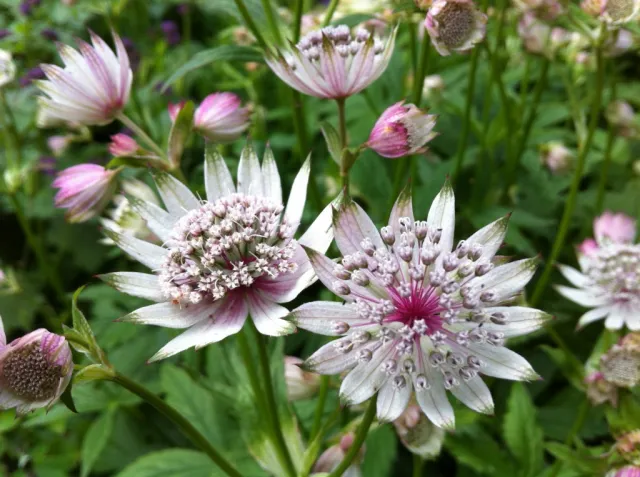Astrantia (Astrantia major) is a collection of flowers, also called masterwort, that is both lovely and uncommon. This color-loving perennial is not not unusual to most gardens, but it should be. Let’s take a look at the masterwort plant and a way to take care of Astrantia.
About Astrantia Flower
Astrantia grows to be about 1 to 2 toes (31-sixty one cm.) tall. Astrantias are available in a huge style of shades. The flora on the masterwort plant are uncommon looking, as they’re a collection of tightly packed florets that are sponsored by petal-like bracts. This makes the flower look very just like a celebrity or a firework. The leaves appearance a touch bit like Italian parsley or carrots, which is not surprising as Astrantia are within the equal circle of relatives as carrots.

Propagating of Astrantia
Astrantia is propagated either through division or through growing from seed. To divide the plant, dig up a mature clump in either early spring or early fall. Use a spade and thrust the spade through the masterwort plant clump. Replant the two halves wherever you would like the plants to grow. To grow Astrantia from seed, start them in the fall. Astrantia seeds need to be cold stratified in order to germinate. Do the cold stratification in the fall and once they are cold treated, you can plant them in soil and keep the soil warm. The older the seed, the longer it will take for them to germinate. Scarification of the seeds will also help to increase the number of masterwort seeds that germinate.
How to care Astrantia Flower
The masterwort plant is suitable for USDA plant hardiness zones 4 through 9 and is a perennial. It prefers to be planted in component coloration to complete shade. Astrantia grows quality in wet soil with plenty of organic material. Since masterwort plant wishes wet soil, it desires to be watered regularly all through instances of drought, in any other case it’s going to die. It have to be fertilized a couple of times a yr for excellent increase.

How to grow Astrantia Flower
Astrantia grows satisfactory in component shade in rich, continuously moist soil with masses of natural cloth. Ideal conditions are wherein the plant gets a few hours of morning solar and dappled shade for the relaxation of the day. The vegetation will develop in complete colour will now not bloom very prolifically. This species does no longer tolerate dry soil, so need to be irrigated if rain is inadequate to preserve the soil wet.
It is reasonably adaptable, and will even tolerate a few status water, so can be covered on the brink of a bog garden. It does best in cool climates wherein night time temperatures continually dip underneath 70ºF, so could be very appropriate for most of the Upper Midwest. Plants can be fertilized in early spring and once more at mid-summer time, however probable isn’t necessary in rich soils. This plant has few pest troubles but may be attacked by using aphids or slugs.

Propagate astrantia from fresh seed or divide established plants in early spring or fall. Seed needs to be bloodless stratified for 2-3 months so that you can germinate, maximum without difficulty completed via sowing at once inside the garden in early fall, even though they can be started out interior approximately 6 months earlier than transplanting outside after the ultimate frost. Scarification will enhance germination.
Some examples of cultivars consist of:
‘Ruby Wedding’
‘Ruby Wedding’

